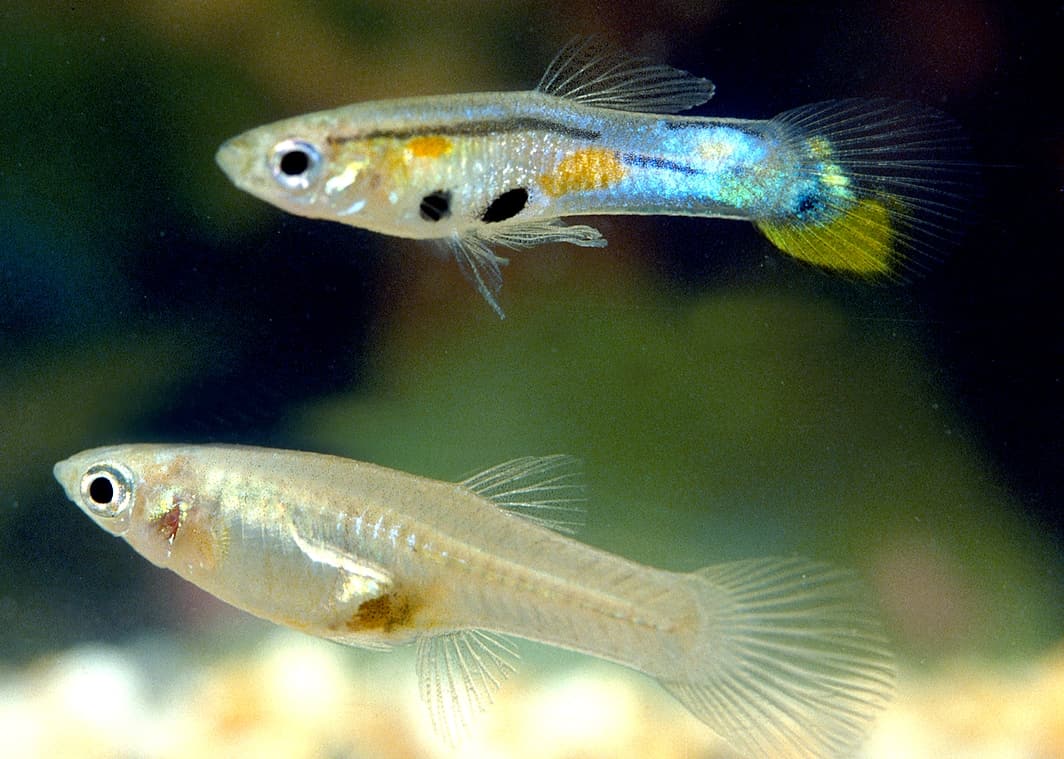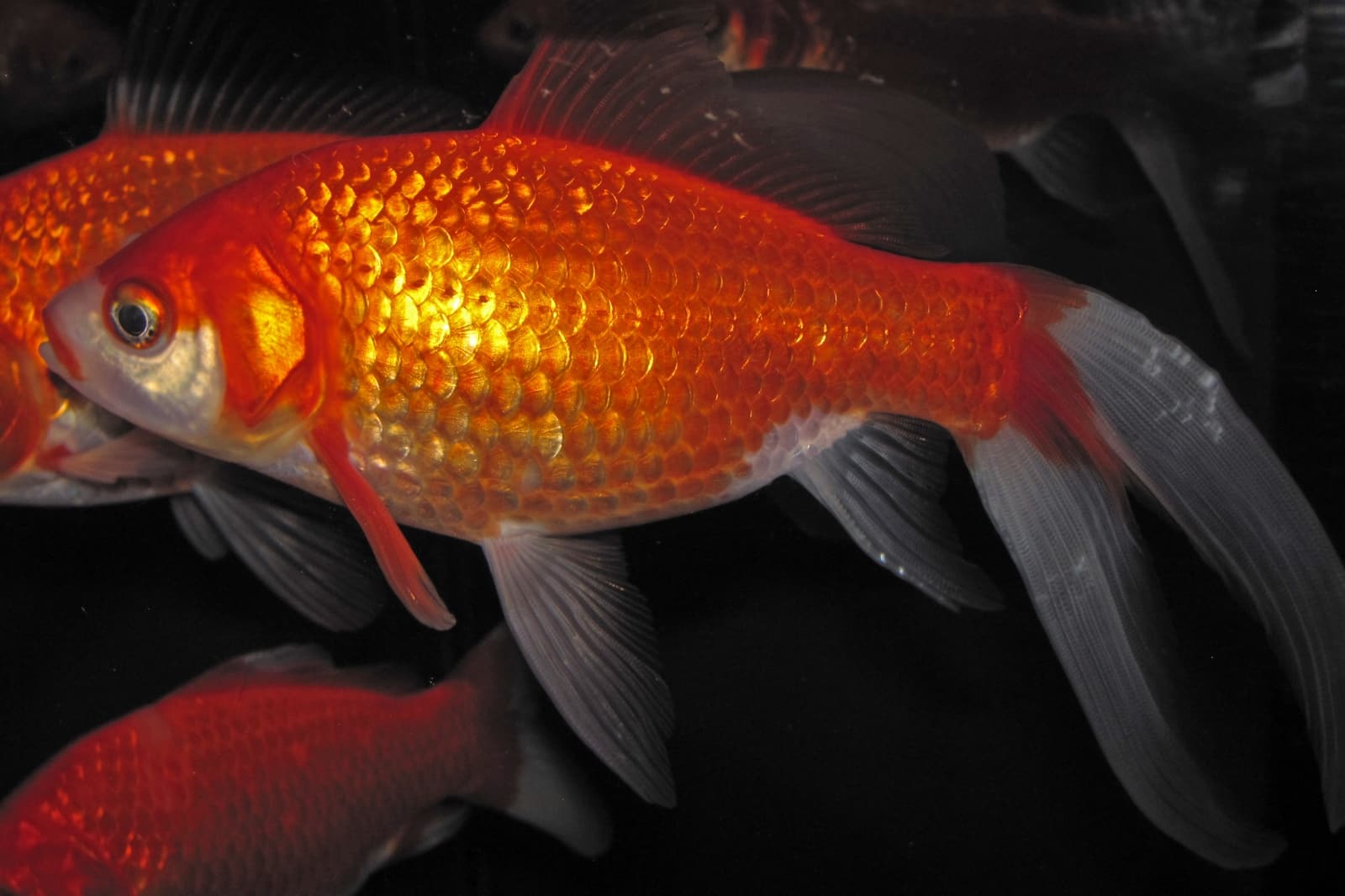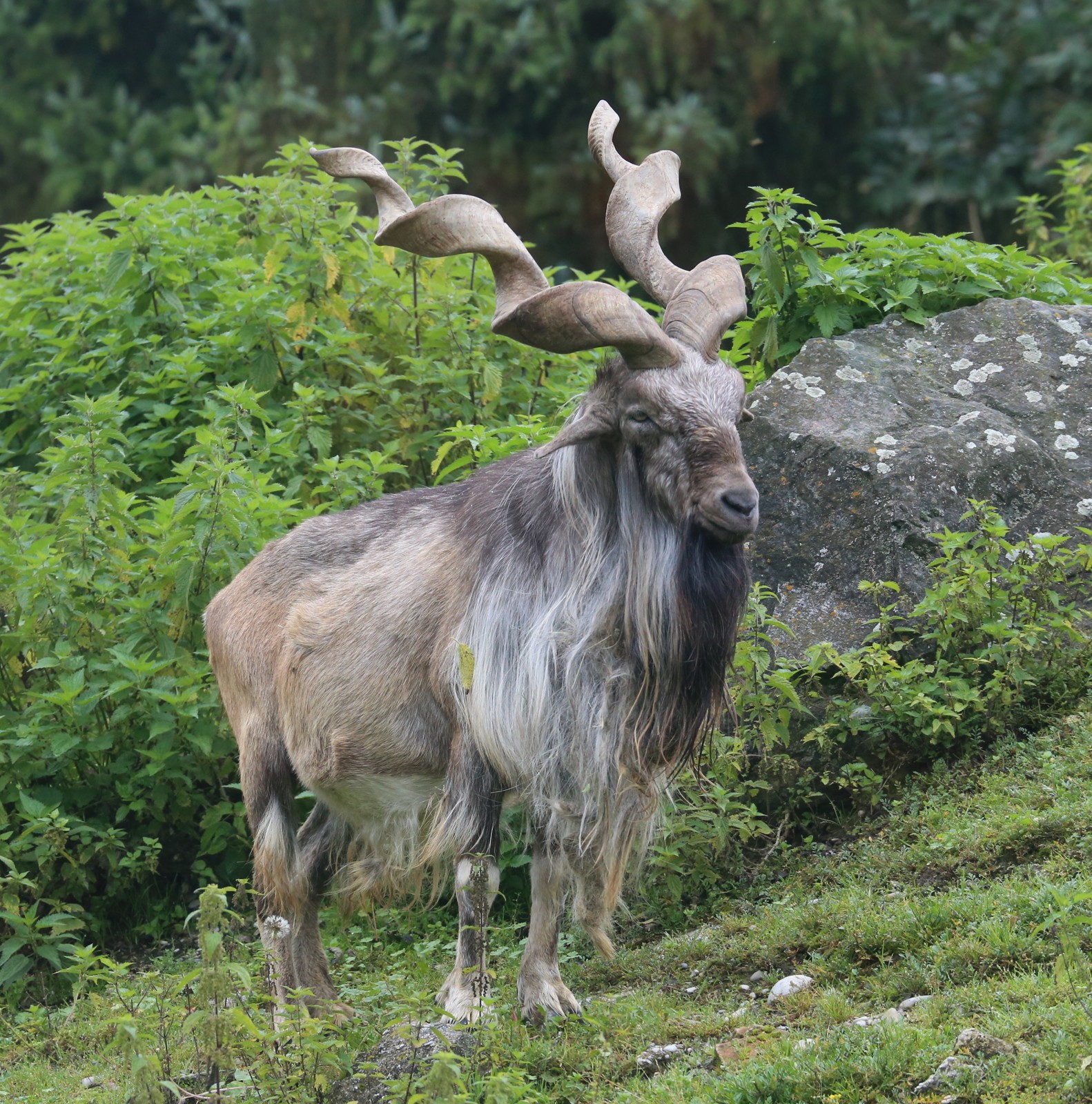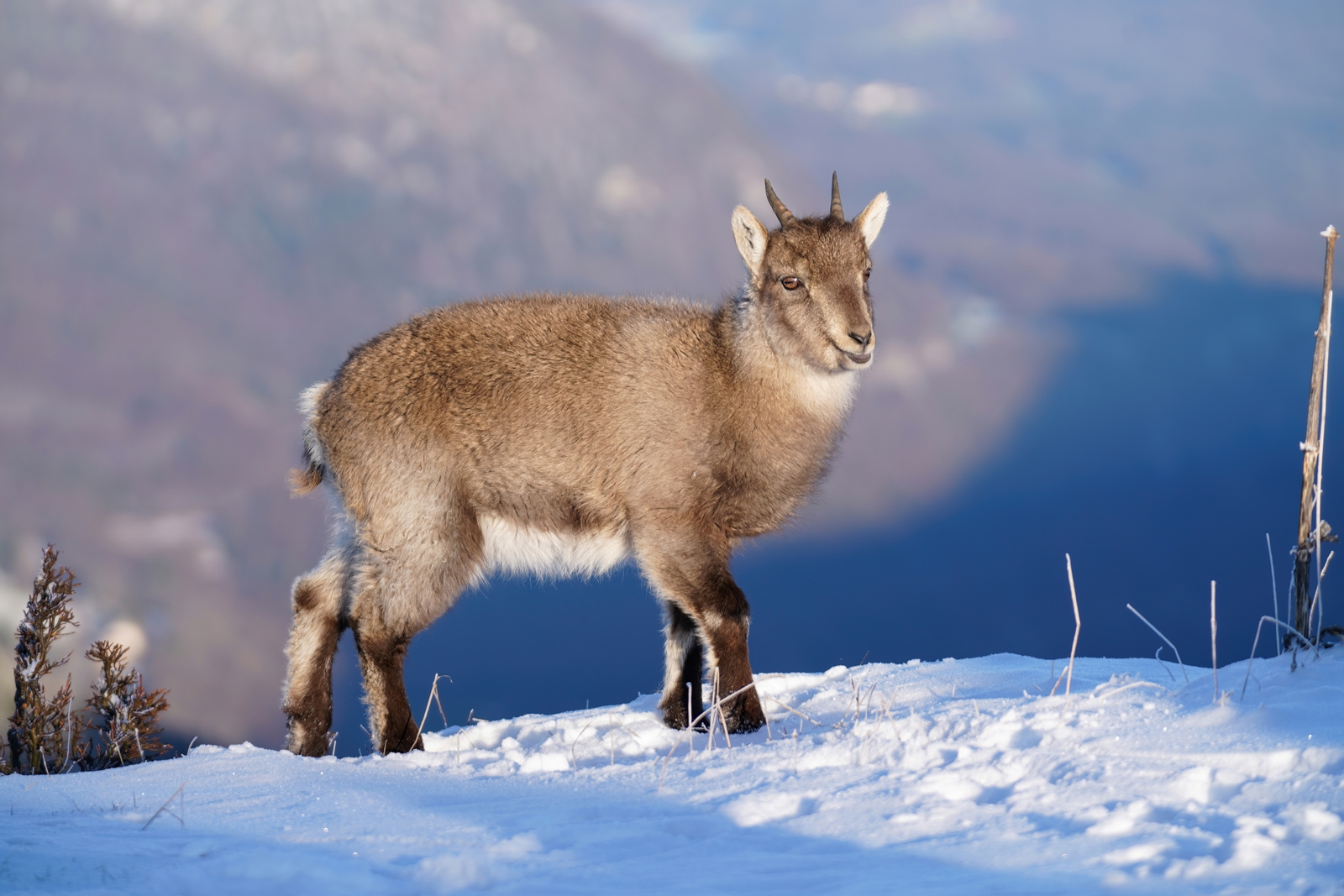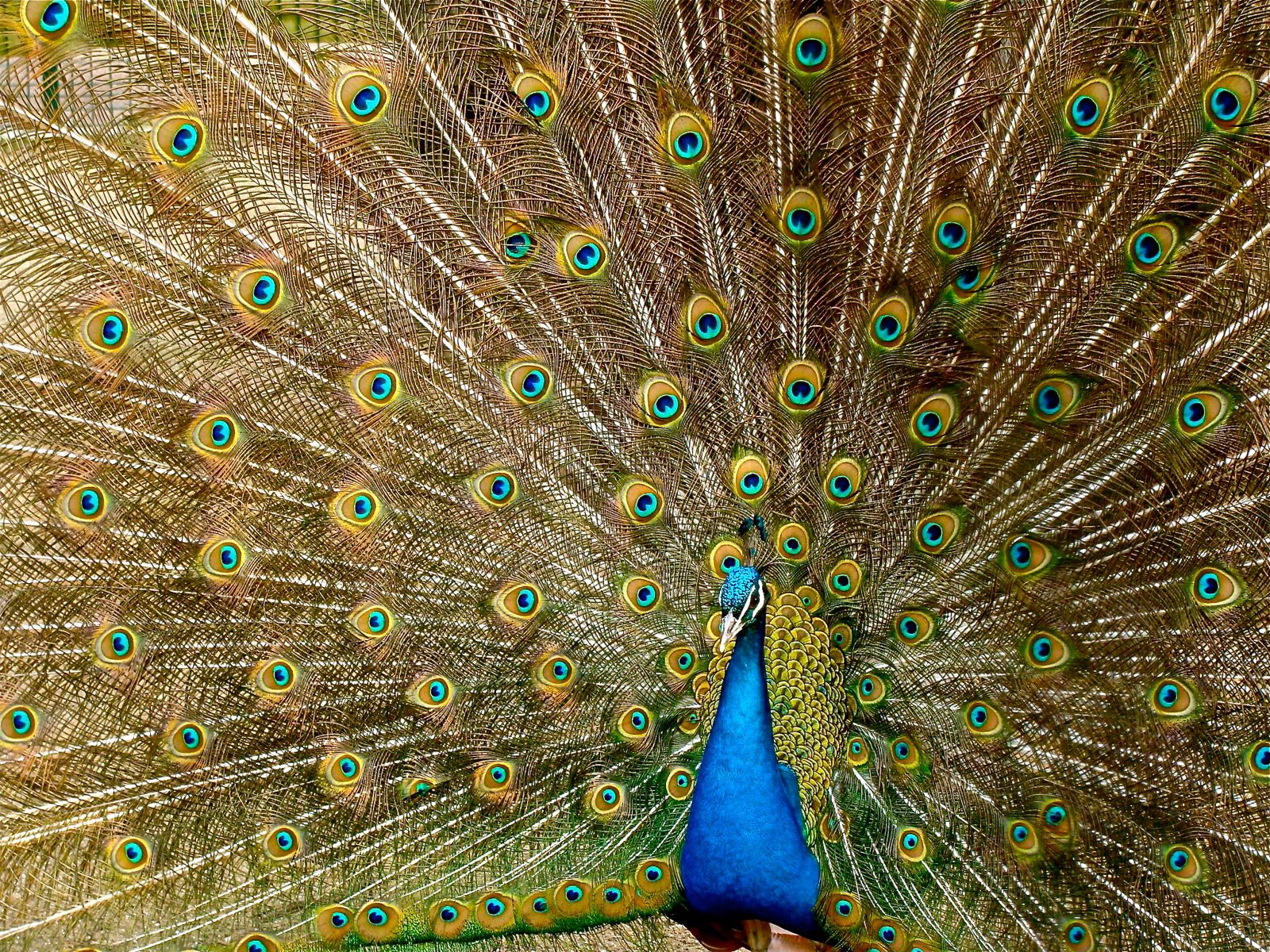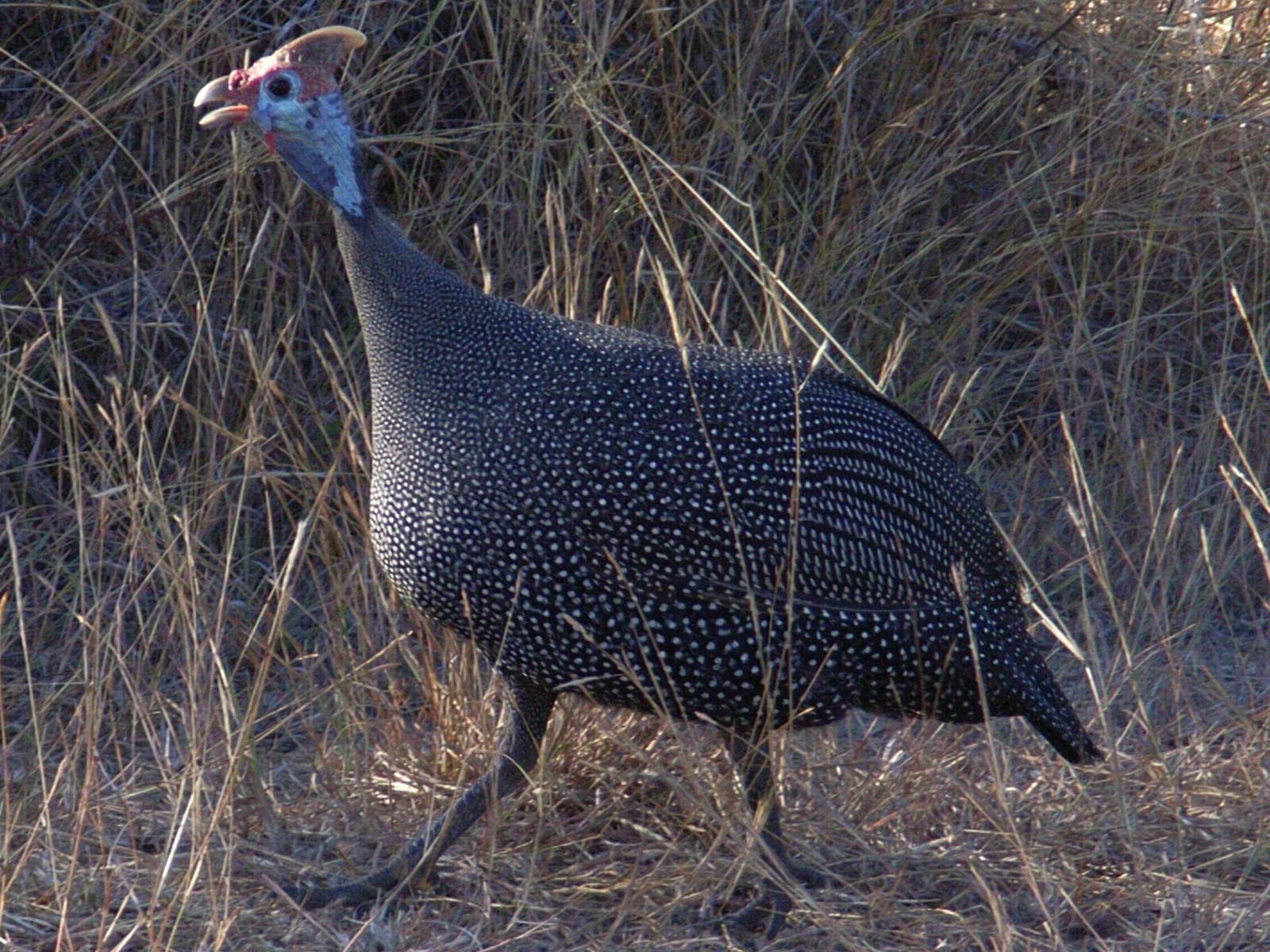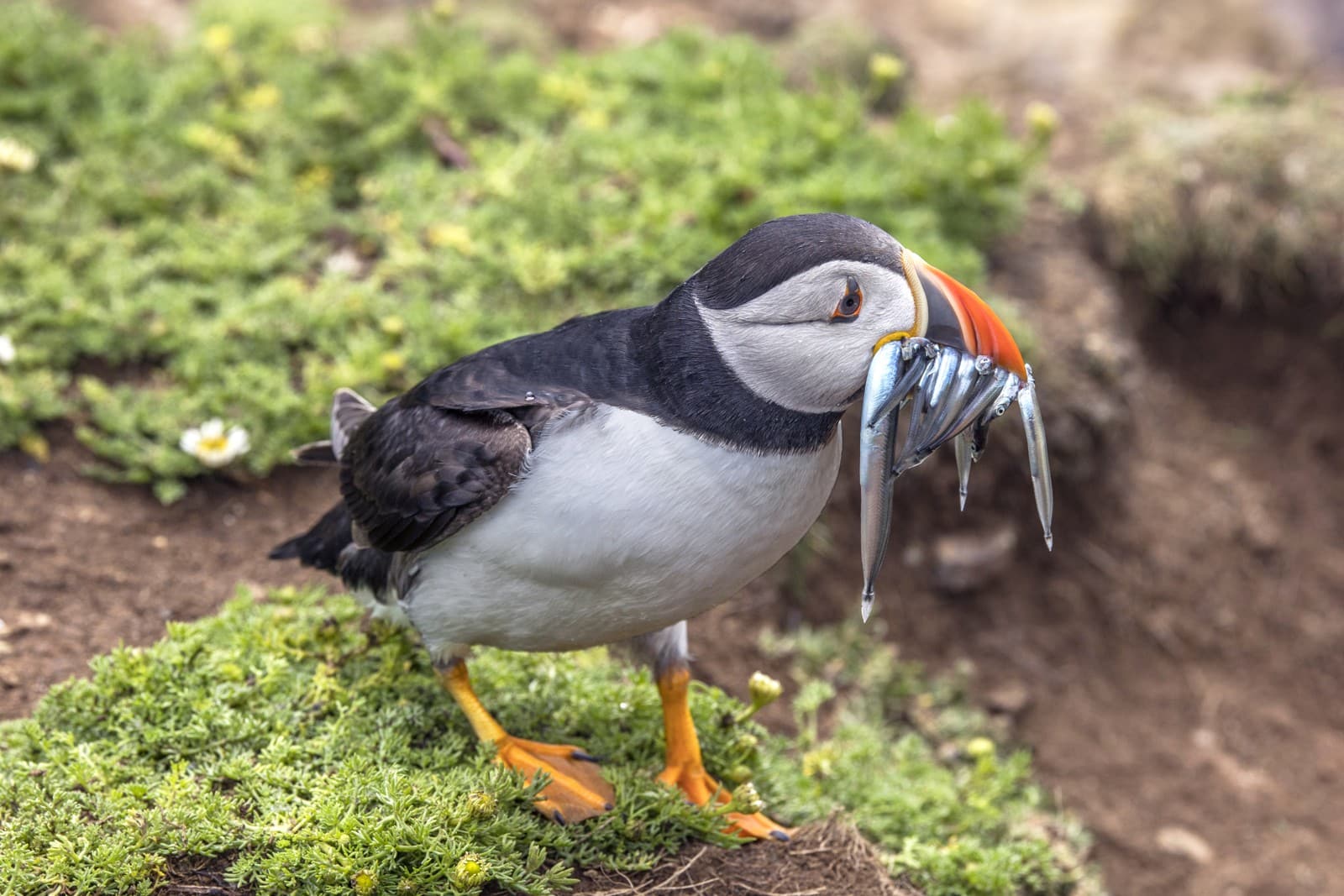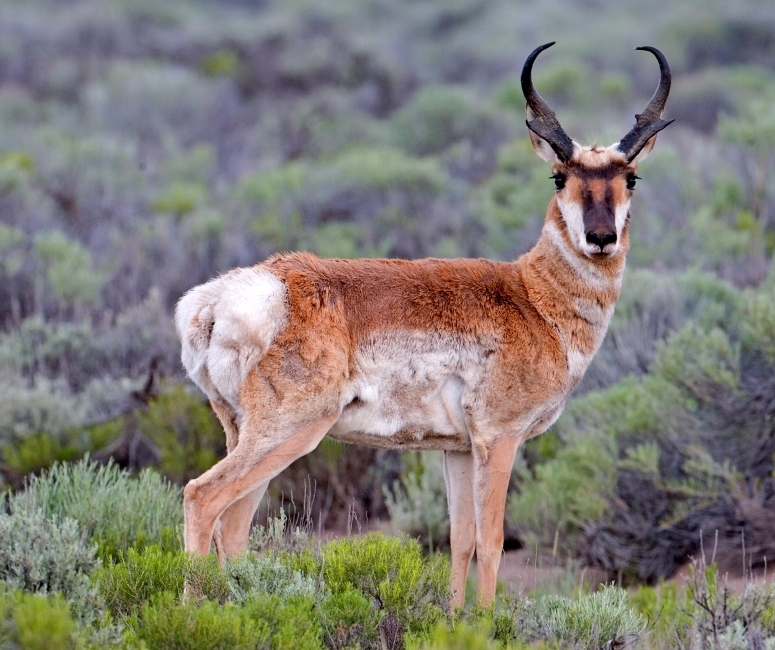Marine Iguana vs Green Iguana: A Complete Comparison
The Marine Iguana and Green Iguana represent two fascinating yet dramatically different evolutionary paths in the iguana family. While the Marine Iguana has adapted to become the world’s only seafaring lizard, exclusively found in the Galápagos Islands, the Green Iguana thrives in tropical forests across Central and South America. Marine Iguanas typically reach lengths of 2-3.3 feet (0.6-1 m), while Green Iguanas can grow significantly larger, reaching up to 6.6 feet (2 m) in total length.
These remarkable reptiles showcase how similar ancestors evolved to fill distinct ecological niches. The Marine Iguana developed unique adaptations for marine life, including specialized nasal glands to expel excess salt and flattened tails for efficient swimming. In contrast, Green Iguanas evolved as masterful climbers, with powerful limbs and sharp claws perfect for ascending trees in their rainforest habitat.
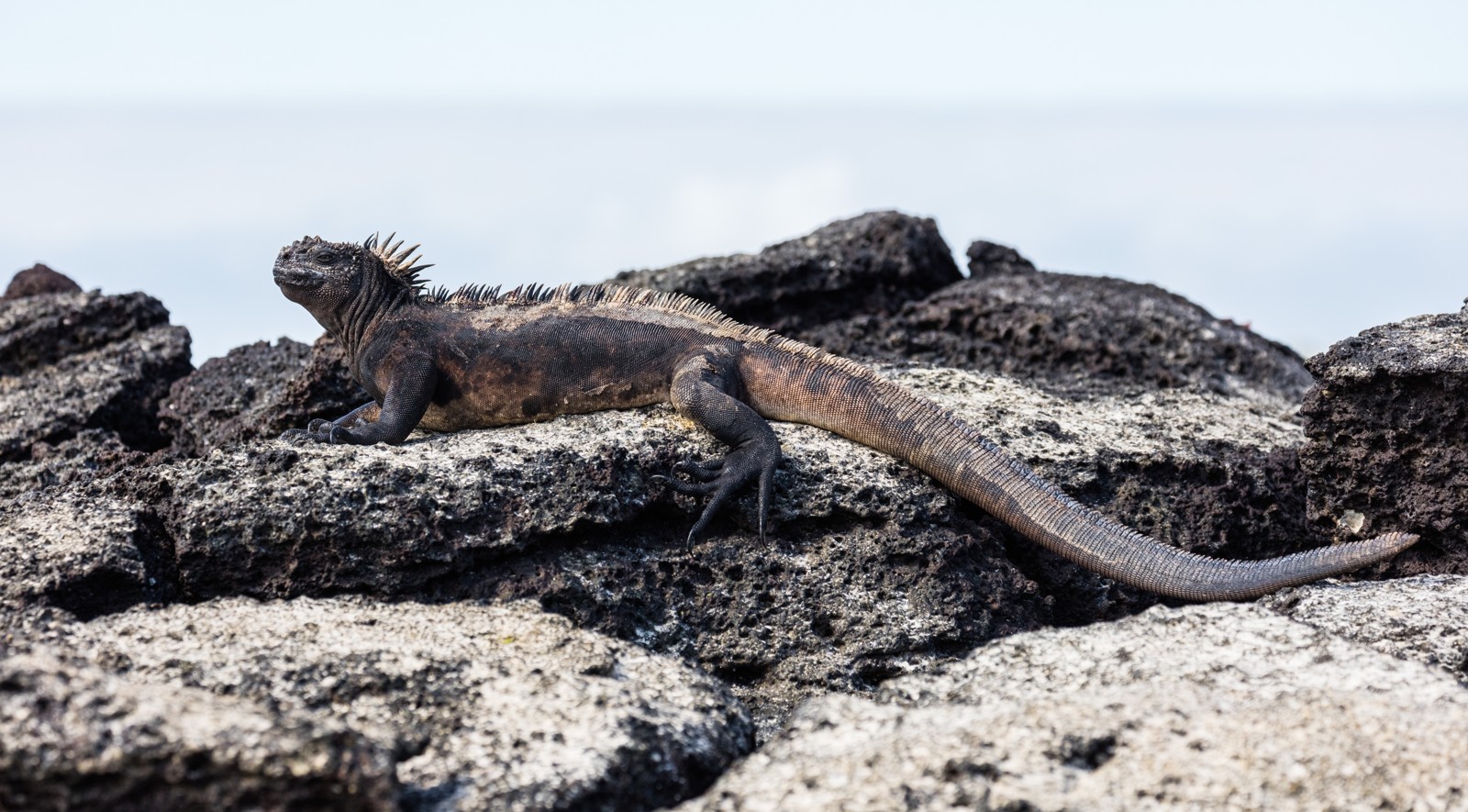
© Diego Delso / CC BY-SA 4.0
The Marine Iguana’s distinctive dark coloration helps it absorb heat quickly after cold ocean dives, while its robust body and flattened snout are perfectly adapted for grazing on underwater algae.
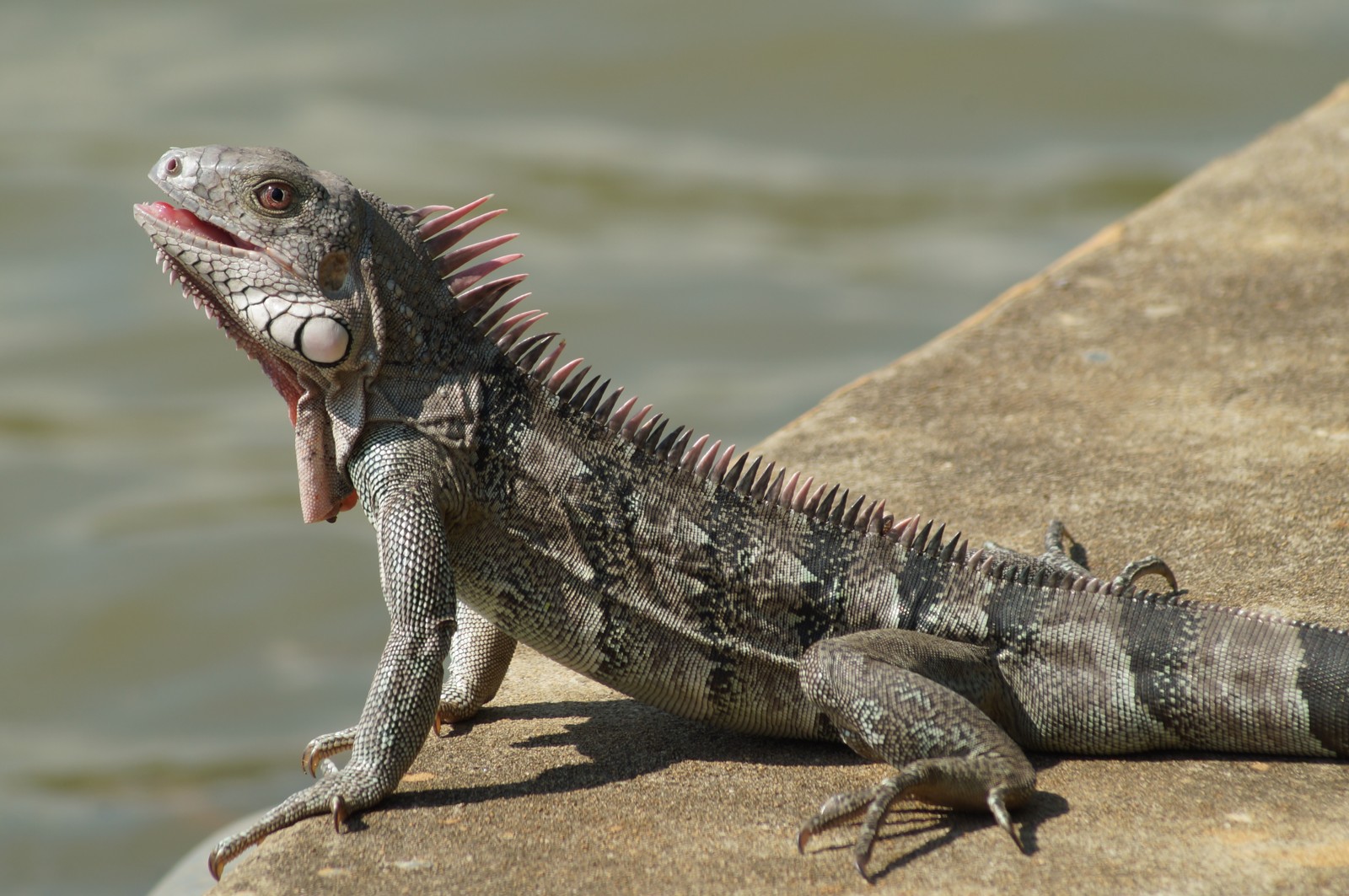
© Rjcastillo / CC BY-SA 3.0
The Green Iguana’s vibrant coloration and prominent dewlap showcase its terrestrial adaptation, with features optimized for life in tropical forests rather than marine environments.
Key Differences Between Marine and Green Iguanas
| Feature | Marine Iguana | Green Iguana |
|---|---|---|
| Habitat | Galápagos Islands coastline | Tropical/subtropical Americas |
| Size | 2-3.3 feet (0.6-1 m) | Up to 6.6 feet (2 m) |
| Diet | Marine algae | Leaves, fruits, flowers |
| Color | Black to dark gray | Bright green to dull brown |
| Special Adaptations | Salt-expelling glands, swimming tail | Strong climbing limbs, camouflage |
| Lifespan | 12-15 years | 20-25 years |
Habitat and Distribution
Marine Iguanas are endemic to the Galápagos Islands, where they inhabit the volcanic coastlines of all major islands in the archipelago. These specialized reptiles spend significant time both on land and in the ocean, diving up to 65 feet (20 m) deep to forage for their favorite marine algae.
Green Iguanas, conversely, have a vast range stretching from southern Brazil to Mexico, including many Caribbean islands. They prefer tropical and subtropical environments, typically residing in trees near water sources, though they’ve successfully adapted to urban areas throughout their range.
Diet and Feeding Behavior
The dietary differences between Marine and Green Iguanas highlight their distinct evolutionary paths:
-
Marine Iguanas:
- Feed exclusively on marine algae
- Can dive for up to 30 minutes
- Forage during low tide in shallow waters
- Use specialized flat snouts to scrape algae
-
Green Iguanas:
- Primarily herbivorous
- Consume leaves, flowers, and fruits
- Feed mainly in tree canopies
- Occasionally eat insects as juveniles
Physical Adaptations
Marine Iguanas have evolved several unique features for their marine lifestyle:
- Flattened tails for powerful swimming
- Specialized nasal glands for salt excretion
- Dark coloration for efficient heat absorption
- Blunt snouts for grazing on algae
Green Iguanas display adaptations suited for arboreal life:
- Sharp claws for climbing
- Long, powerful tails for balance
- Dewlaps for communication and thermoregulation
- Camouflaging green coloration
Conservation Status and Threats
Marine Iguanas face significant challenges due to their limited range and vulnerability to climate change. El Niño events can drastically reduce their food supply, while introduced predators pose ongoing threats. They are classified as Vulnerable on the IUCN Red List.
Green Iguanas, while more numerous, face pressure from habitat loss and hunting. In their native range, they’re often harvested for food and leather, though they’ve become invasive species in many regions where they’ve been introduced.
Who Would Win in a Fight?
While such encounters would never occur naturally, a size comparison suggests the Green Iguana would have the advantage in a theoretical confrontation. Their larger size (up to 6.6 feet vs. 3.3 feet), more robust build, and stronger bite force would likely prevail over the Marine Iguana’s specialized marine adaptations. However, both species are generally non-aggressive toward larger animals and typically flee when threatened.
